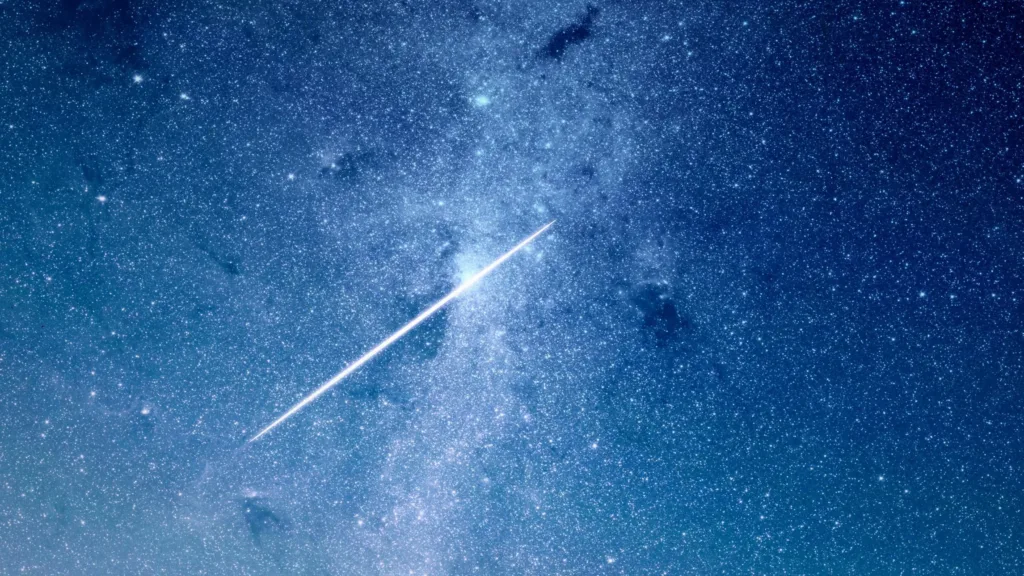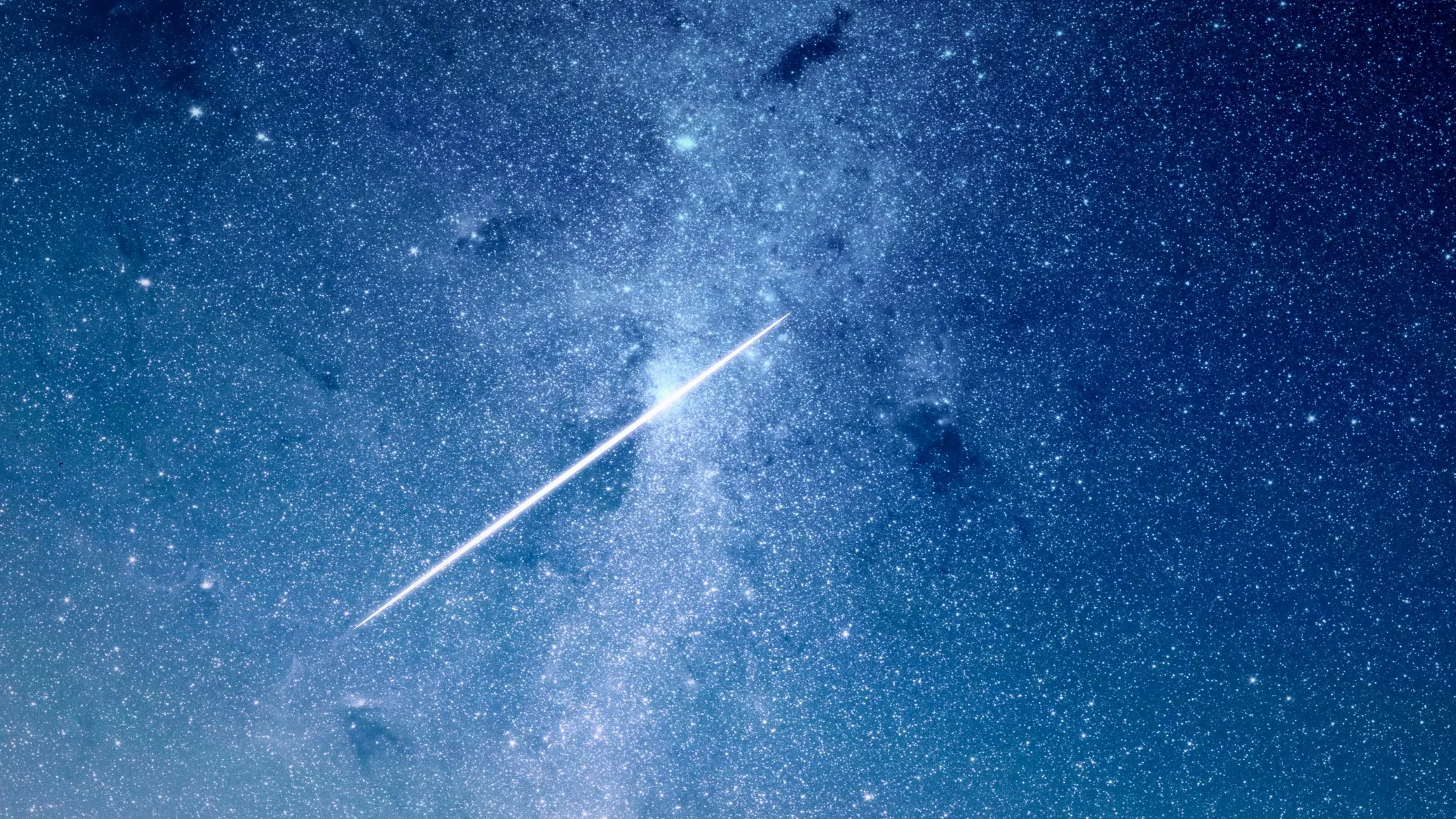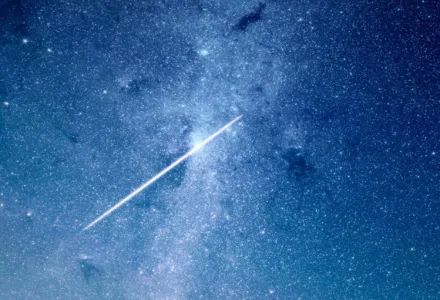The Perseids Meteor Shower: Gazing up at the night sky has always held a sense of wonder and mystery, but few celestial events can match the awe-inspiring display of the Perseids Meteor Shower. As we find ourselves on the brink of another celestial phenomenon, get ready to be spellbound by shooting stars, vibrant fireballs, and a cosmic dance that has been dazzling skywatchers for centuries.
Table of Contents
A Cosmic Symphony Unveiled
The Perseids Meteor Shower is a natural spectacle that occurs annually, gracing our skies with a meteoric ballet that leaves us mesmerized. This celestial phenomenon is characterized by the appearance of meteors, often referred to as “shooting stars,” as they streak across the atmosphere. What makes the Perseids particularly captivating is the sheer number of meteors that can be seen during its peak.

The Perseids Meteor Shower: Perfect Timing and Optimal Conditions
Timing is everything when it comes to witnessing the Perseids Meteor Shower at its finest. This year, the peak is expected around midnight on August 12, extending into the early morning of August 13. The presence of a nearly new moon ensures that the surrounding skies remain beautifully dark, enhancing the visibility of the meteor shower. As you tilt your head upwards, keep your eyes fixed on the constellation Perseus in the east to northeast sky for the most breathtaking views.
The Perseids Meteor Shower: A Lunar Blessing
Unlike previous years where a brighter moon might have stolen the limelight, this year’s waning crescent moon is a subtle companion to the meteoric spectacle. With just over 10 percent illumination, the moon’s gentle glow will play a supporting role, allowing the meteors to shine even brighter and fiercer. Also Read: What is Pluto Time Calculator? Find Your Pluto Time
The Perseids Meteor Shower: Where to Capture the Celestial Dance
To truly immerse yourself in the magic of the Perseids Meteor Shower, it’s essential to escape the clutches of light pollution. Seek out remote and dark-sky-certified locations such as national parks or stargazing-friendly hotels. Whether it’s the tranquil expanse of an open field, a hilltop offering panoramic views, or the serenity of an unobstructed waterfront, these vantage points will provide the perfect backdrop for this celestial performance. Also Read: The Curious Case of Planets That Spin the Wrong Way
The Perseids Meteor Shower: Embracing the Night with the Naked Eye
One of the most enchanting aspects of the Perseids Meteor Shower is its accessibility. No telescopes or binoculars are required to witness this cosmic marvel. Simply give your eyes about 30 minutes to adjust to the darkness, and you’ll find yourself immersed in a shower of celestial brilliance.
Also Read: Golden Hour: What is Golden Hour? Find Your Golden Hour!

Fiery Fireballs: Nature’s Fireworks
What sets the Perseids Meteor Shower apart from other celestial events is its abundance of fireballs. These extraordinary meteors blaze across the sky with astonishing brightness, often rivaling the brilliance of Venus, the brightest planet in our solar system. As these fireballs burst into fragments upon entering the Earth’s atmosphere, they create a spectacle that leaves observers in sheer awe. Find Your Pluto Time Based on Your Zip Code | Pluto Light Calculator | Pluto Darkness Calculator | Pluto Hour Calculator
A Moment to Remember
Don’t let this celestial extravaganza pass without capturing its magic. Share your stunning meteor shower photos and experiences with fellow skywatchers using the hashtag #PerseidsMagic on social media platforms.
Conclusion: A Night of Celestial Grandeur
As the Perseids Meteor Shower graces our skies once again, we are reminded of the boundless wonders of the universe. This annual cosmic ballet serves as a humbling reminder of our place in the vastness of space. So, mark your calendars, find a cozy spot under the stars, and prepare to be entranced by the breathtaking display of the Perseids Meteor Shower. Read Sky watching Tips from NASA


